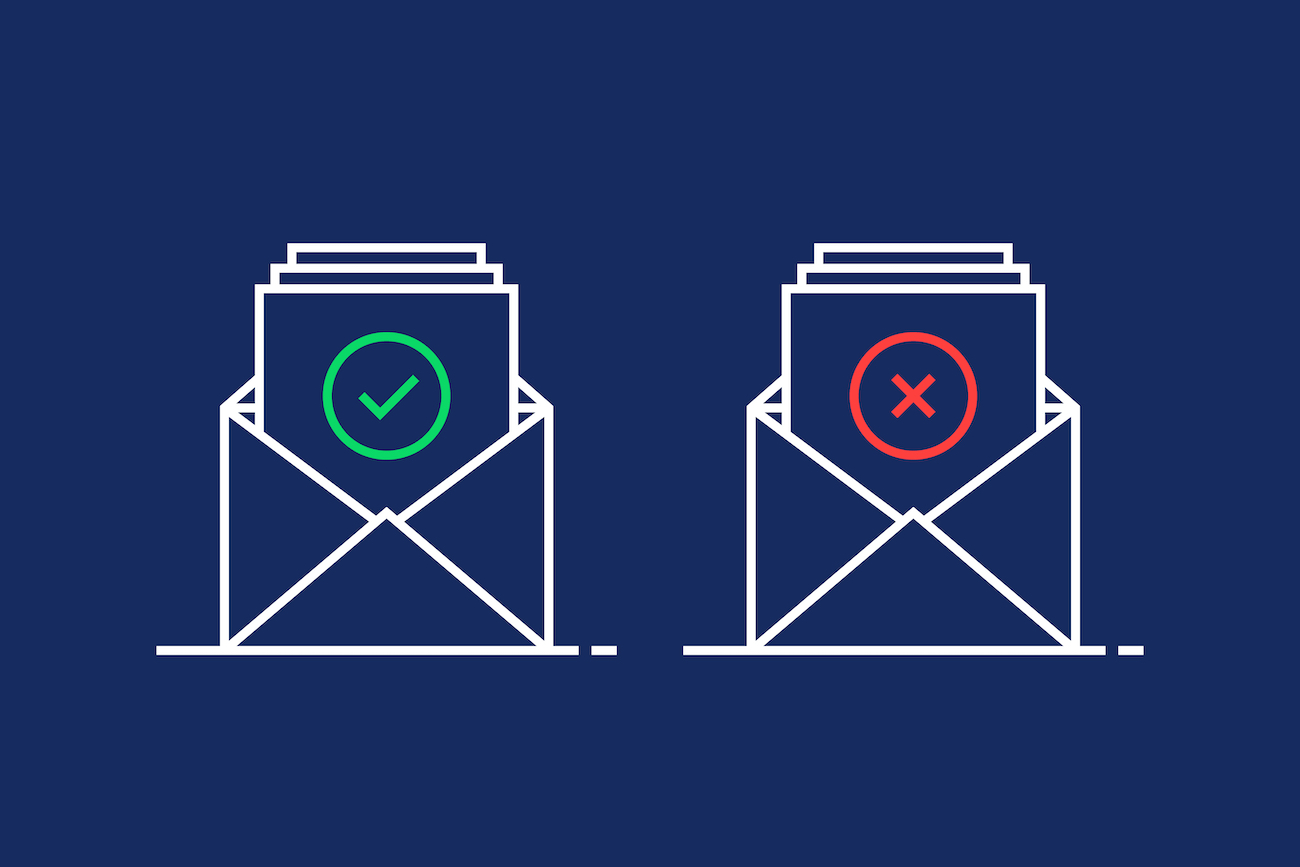How to Look up a Domain’s WHOIS Record History to Bolster Cybersecurity
Data breaches could cost organizations an average of $3.92 million per incident. The average ransomware payout, on the other hand, stands at $41,198 per occurrence, with the largest payout recorded to date amounting to $1.14 million. It’s essential to be meticulous when it comes to cybersecurity as a seemingly inconsequential hole in an organization’s network could result in millions of dollars’ worth in damages.
Covering every possible attack vector is, therefore, a must for cybersecurity teams, and one attack vector that cybercriminals often use is a domain name. Ransomware, for instance, usually gets injected into a victim’s system through a phishing email that contains a link to a malicious domain. The threat could also unknowingly get dropped onto a victim’s computer when he/she visits an infected website.
Therefore, every aspect of a domain should be inspected, including its WHOIS history records. That way, no stones are left unturned, and one cybersecurity product that could prove useful in this regard is WHOIS History Lookup. This tool allows users to look into the ownership history of a given domain, even before a possible redaction of WHOIS records.











































